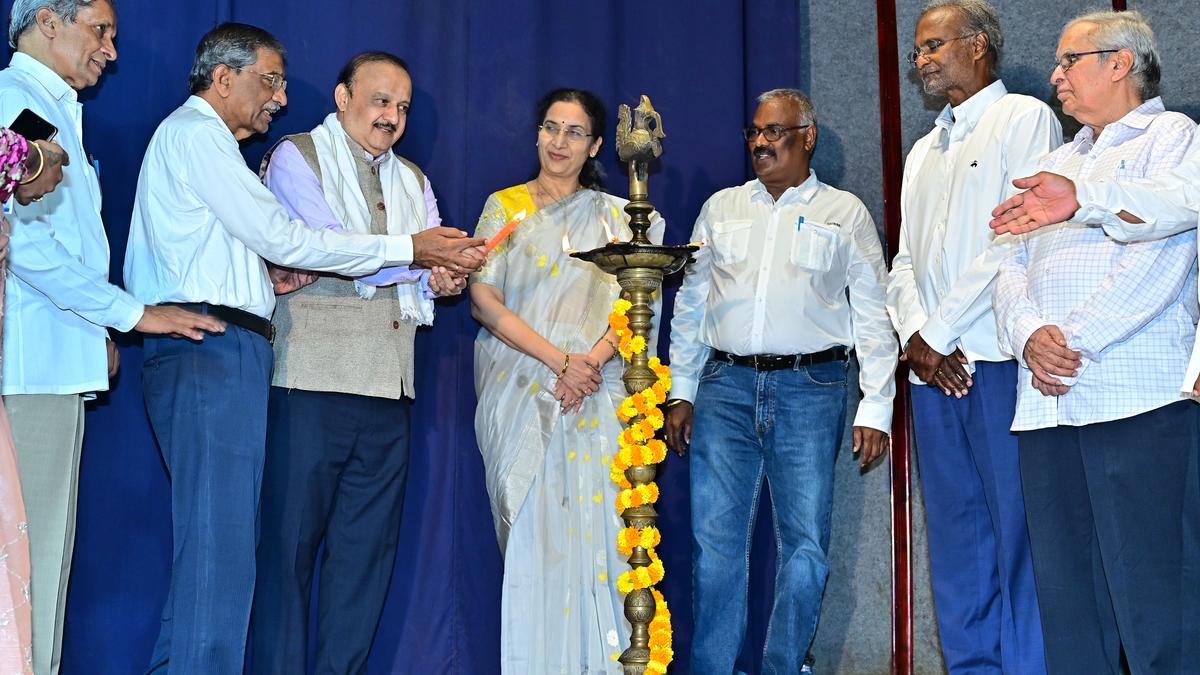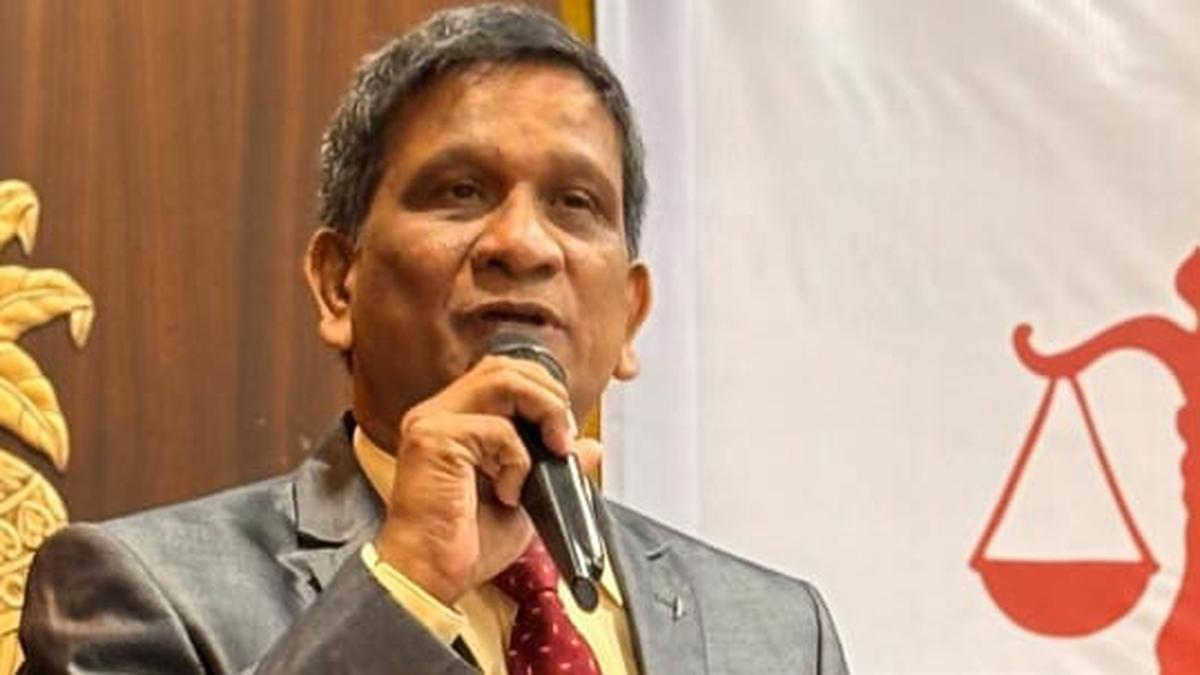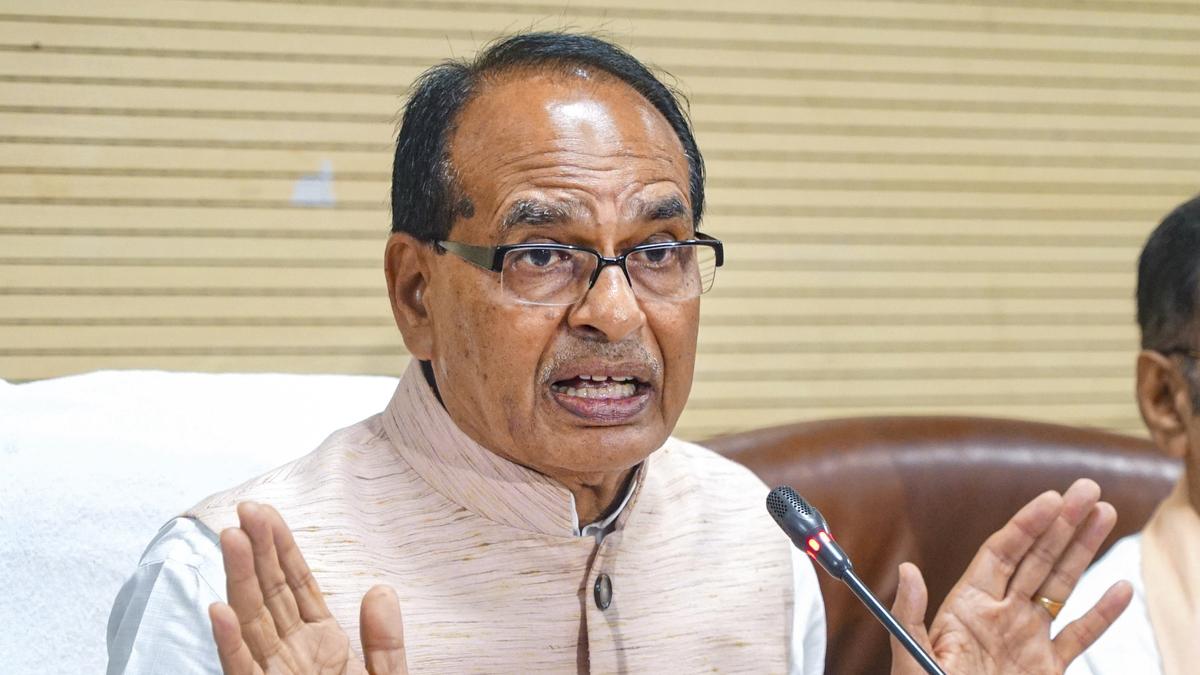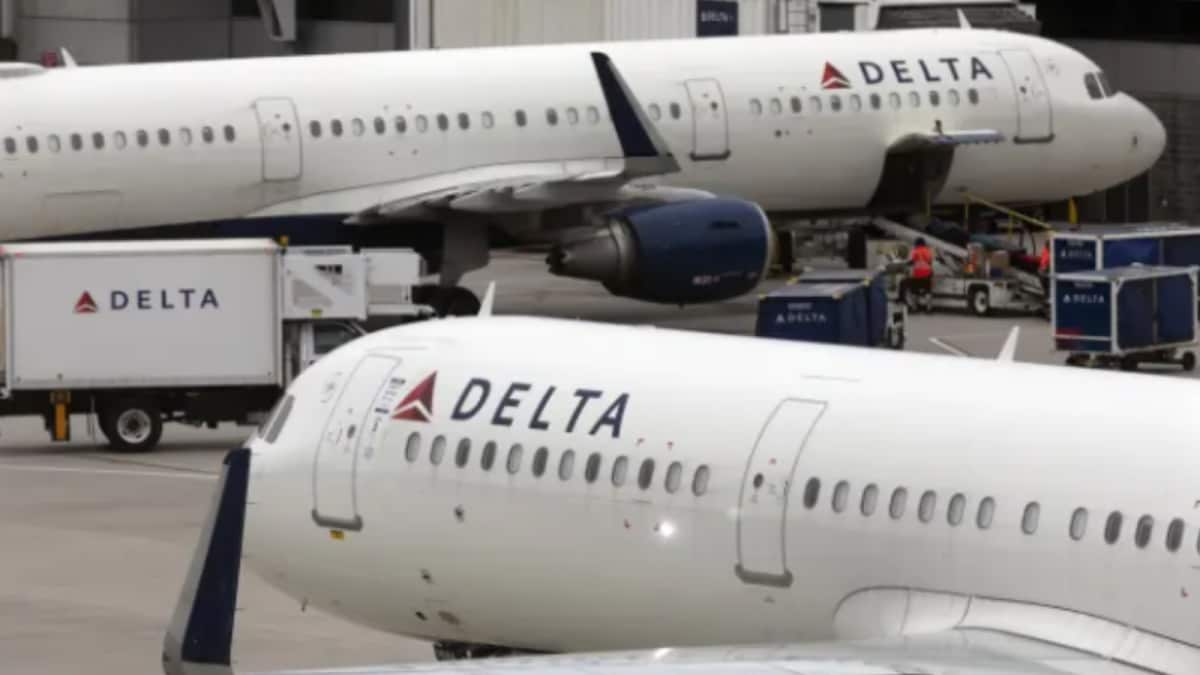The story so far:
Leaks in the western media with specific details about technical aspects and ‘human intervention’ relating to the crash of Air India flight AI 171 have led to a written appeal by the Director-General of India’s Aircraft Accident Investigation Bureau (AAIB), Ministry of Civil Aviation, Government of India, to await the publication of the final investigation report. The leaks came days before the release of the AAIB’s preliminary report on July 12, a month after the air accident at Ahmedabad on June 12.
What else has the AAIB’s appeal said? What are the other reactions?
The letter, dated July 17 and signed by G.V.G. Yugandhar, Director-General, AAIB, said that the AAIB works in accordance with the Aircraft (Investigation of Accidents and Incidents) Rules 2017, and is responsible for fulfilling the obligations of the Government of India towards the International Civil Aviation Organization Annex 13. It highlighted “its flawless record in the investigation of 92 accidents and 111 serious incidents since its inception in 2012”. The statement drew attention to certain sections of the international media repeatedly attempting to draw conclusions through selective and unverified reporting and called such actions irresponsible. It added that the AAIB’s investigation and preliminary report are to provide information about “what” happened, and that the final report would come out with root causes and recommendations. It added that the AAIB would publish updates as and when required, which have technical and public interest.

On July 18, in a statement on X, the U.S. National Transportation Safety Board (NTSB) Chairwoman Jennifer L. Homendy said that “recent media reports on the Air India 171 crash are premature and speculative...”, ending with “investigations of this magnitude take time. We fully support the AAIB’s public appeal....”
Days before the AAIB released a 15-page preliminary report, aviation news service The Air Current had a report on July 8. It said “Air India crash investigation focuses on movement of engine fuel control switches” with a blurb that “data from the Dreamliner’s black box points investigators towards improper, inadvertent or intentional pilot actions”. On July 10, the Wall Street Journal (WSJ) had a report, “Air India probe Puts Early Focus on Pilots’ Actions and Plane’s Fuel Switches”. Again, on July 17, theWSJ had an exclusive report titled “New Details in Air India Crash Probe Shift Focus to Senior Pilot”. On July 18, an Italian daily, the Corriere della Sera (founded in 1876), published a report which claimed it had more details from the cockpit voice recorder (CVR).
The reports in the western media have led to a pushback by Indian pilot bodies. A media report has said that the Federation of Indian Pilots would “pursue all legal remedies available for defamation, mental anguish and reputational harm”. The International Federation of Air Line Pilots’ Associations also cautioned against hasty conclusions published by the media and social media based on the preliminary report.
What has the preliminary report said?
The report has focused on the “engine 1 and engine 2 fuel cutoff switches having transitioned from Run to Cutoff position, one after another with a time gap of one second”, resulting in the fuel supply cutting off. There is also one sentence which says that in the “cockpit voice recording, one of the pilots is heard asking the other why did he cutoff. The other pilot responded that he did not do so.” The report has a picture of the aircraft with its Ram Air Turbine — which is at the heart of an aircraft’s emergency power system — having deployed during the initial climb.
The engine 1 fuel cutoff switch then transitioned from Cutoff to Run about 10 seconds after the cutoff, leading to a thrust recovery. Four seconds later, a similar transitioning for the engine 2 fuel switch led to the full authority digital engine control of each engine automatically managing a relight and thrust recovery sequence. One of the pilots then transmitted a Mayday call.
The report has said that it has no recommended actions concerning the aircraft type, the engine (GE’s GEnx-1B70/P2), and the manufacturers — this has drawn criticism from pilot bodies for ignoring ‘systemic vulnerabilities’.
The report’s lack of a full and raw CVR transcript with timestamps is what has drawn the most criticism.
The heart of the mystery now lies in the actions around the manual fuel selector switches.
Captain Matthew Buckley, a former U.S. Navy fighter pilot and a former first officer at FedEx and American Airlines, has told The Hindu that the Boeing 787 is a data-linked, highly networked aircraft, with its critical flight systems — especially fuel management — digitally and physically isolated. Even though the aircraft uses Ethernet-style backbone systems for many avionics functions, the fuel selector switches themselves are mechanical-electrical hybrids that cannot be remotely accessed or altered from outside. He adds that had there been any software anomaly, Boeing and the engine manufacturer would have detected it through Aircraft Health Monitoring Systems. These systems record and transmit real-time diagnostics, he said.
He said that the Boeing 787 has centralised electronic systems and data streaming to ground systems in real time. If there was an engine-related issue, either mechanical or systems-based, the engine manufacturer would know instantly, as diagnostic updates would be sent during flight.
What are the safety checks being done by airlines?
Last month, on June 13, the Directorate General of Civil Aviation (DGCA) directed Air India to carry out additional safety inspections on its Boeing 787-8 and 787-9 fleet. Professor Guy Gratton, Associate Professor of Aviation and the Environment, Faculty of Engineering and Applied Science at Cranfield University, U.K., has told The Hindu that these imply enhanced checks of the electrical, hydraulic and/or propulsion systems.
The DGCA has also issued a directive (with inspection reports by July 21, 2025) to check the locking mechanism of the fuel control switches on the Boeing 737 and 787. A number of airlines have carried out precautionary checks of the fuel selector switches in their Boeing 787 fleets. They include Singapore Airlines and Scoot (Singapore), Qantas (Australia), Etihad (UAE), Korean and Japan. This also flows from an advisory by the U.S. Federal Aviation Administration (FAA) in 2018 of the ‘potential for disengagement of the fuel control switch locking feature’ on several Boeing aircraft families. Separately, Indian pilot bodies have urged extensive checks of the 787’s engine control systems.
How many 787s are there in the world?
In an email reply to The Hindu, Boeing has said that the global Boeing 787 fleet comprises over 1,175 aircraft, having operated nearly five million flights and logged more than 30 million flight hours.
Can there be a better investigation?
In an interview with Singapore’s media on July 16, while commenting on the AAIB’s preliminary report, International Air Transport Association chief Willie Walsh said that there is a strong argument to be made for video recorders to be installed in aircraft flight decks to help accident investigators. This revives an almost 25-year-old debate on the issue between the NTSB and the FAA.
The final line is that there needs to be a fair and transparent investigation with irrefutable findings. And this could take time.



.png)
.png)
.png)
















 3 hours ago
9
3 hours ago
9









 English (US) ·
English (US) ·